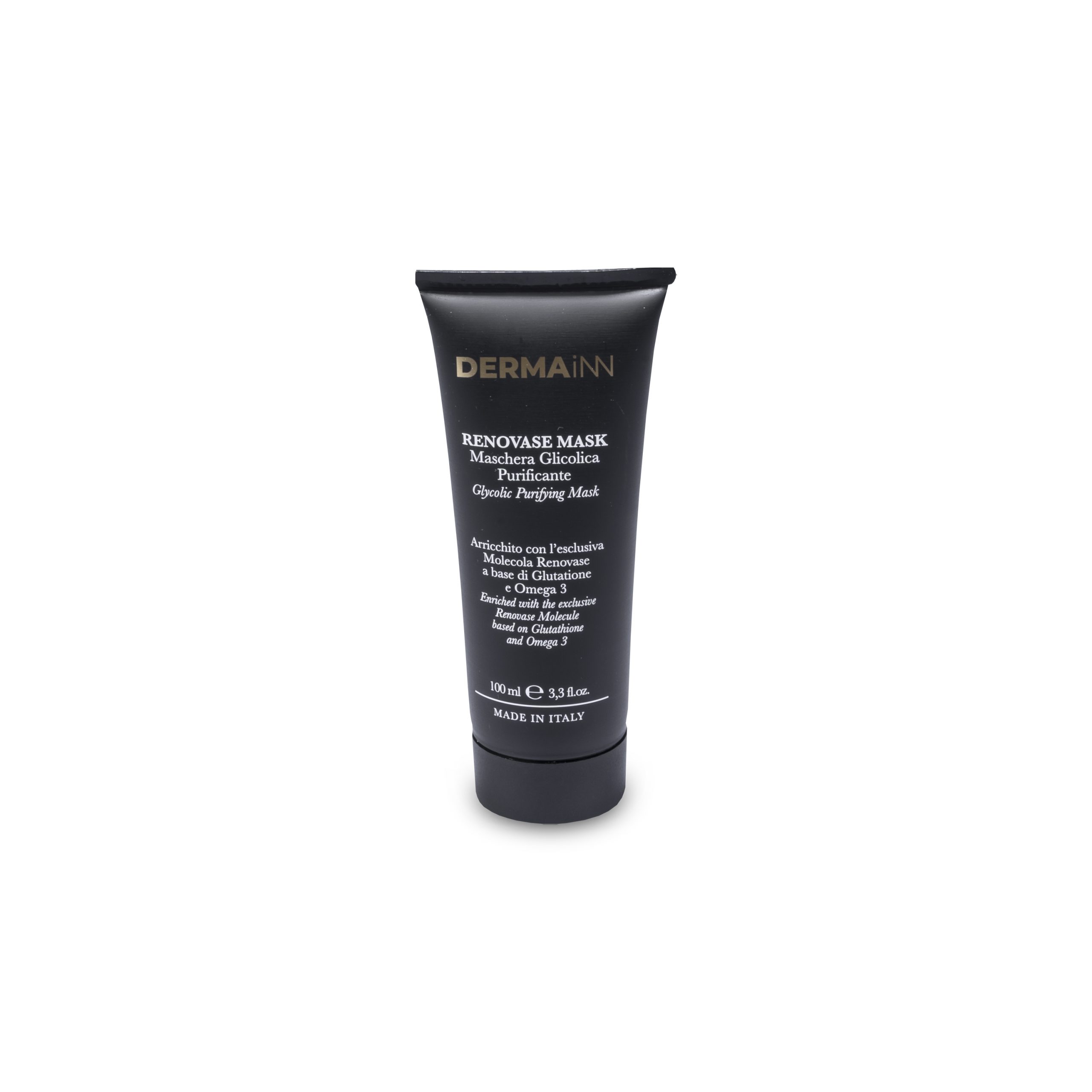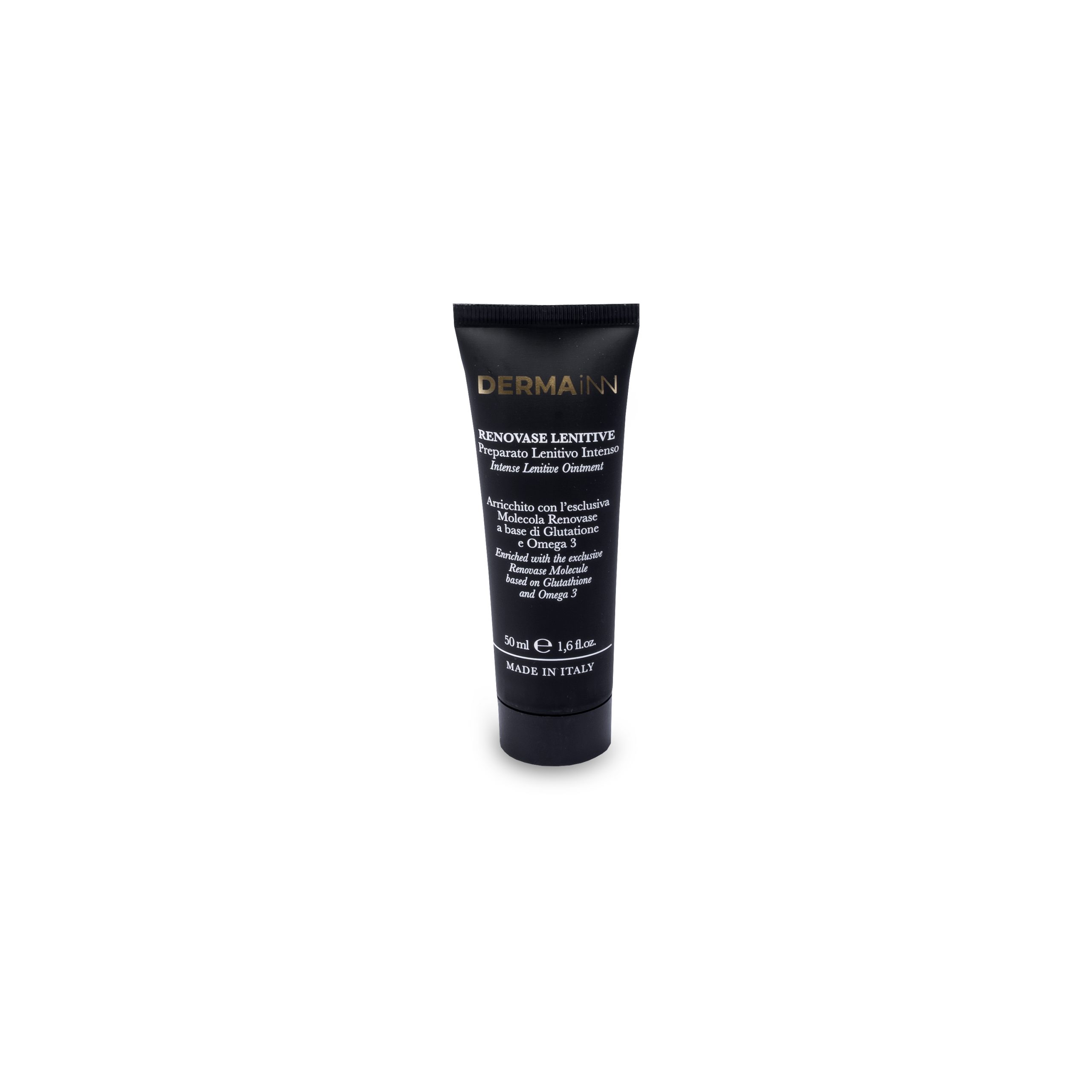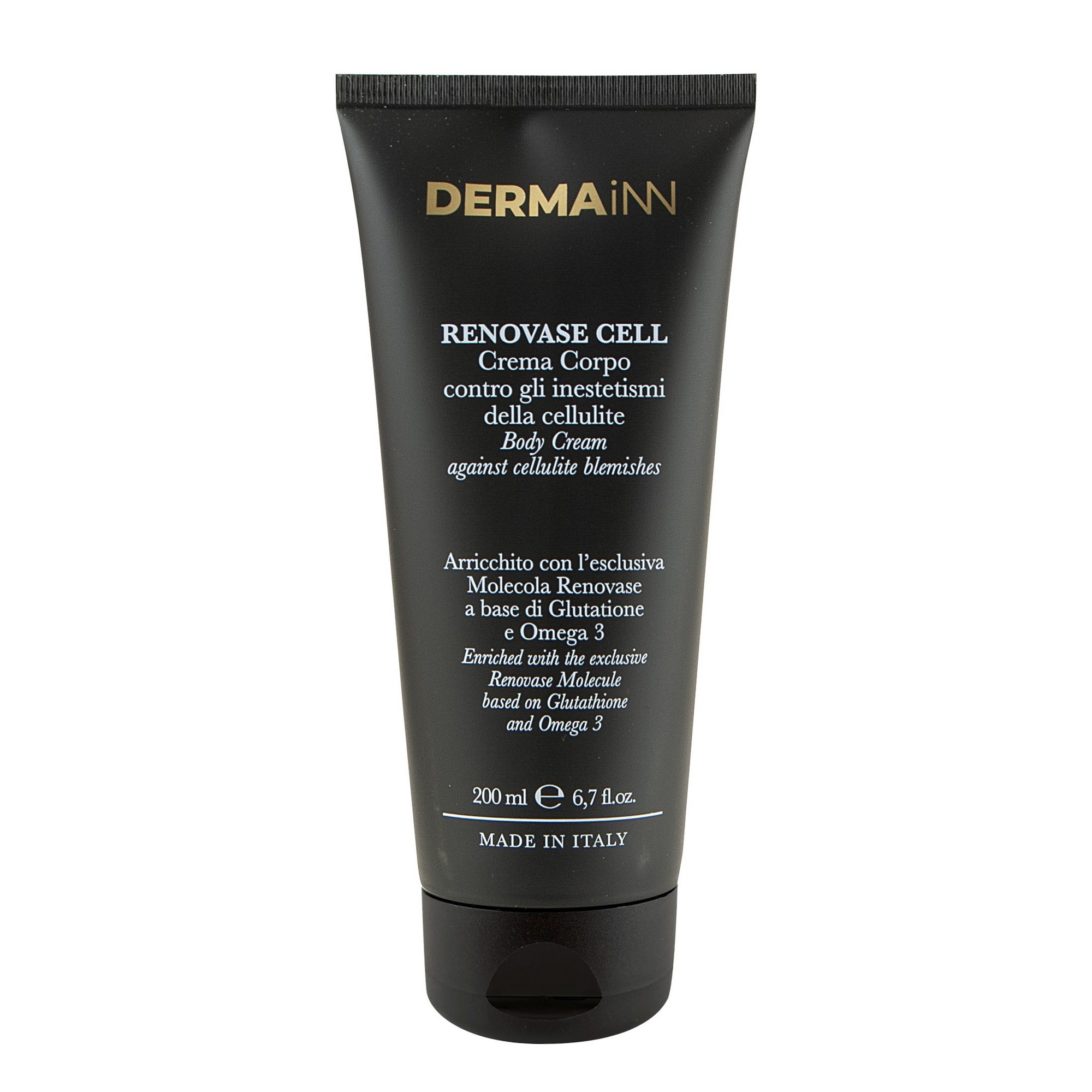- +39 0575 348113
- info@innbiotecpharma.com
- Join the chat
- From Monday to Friday from 8:30 to 13:00 and from 14:00 to 17:30

SKIN CARE – HAIR BEAUTY – BEARD AND MUSTACHE
Thanks to the patented active ingredient, Renovase® with Glutathione and Omega 3
we create innovative dermocosmetic products.

- Select options This product has multiple variants. The options may be chosen on the product page
Renovase Mask Gold
Purifying Glycolic Mask
Da €18.99
- Select options This product has multiple variants. The options may be chosen on the product page
- Select options This product has multiple variants. The options may be chosen on the product page
Renovase Hydro Gold
Intense Anti-age Day Face Cream
Da €23.99
- Select options This product has multiple variants. The options may be chosen on the product page
- Select options This product has multiple variants. The options may be chosen on the product page
Renovase Night Gold
Regenerating Face Night Cream
Da €24.99
- Select options This product has multiple variants. The options may be chosen on the product page
- Select options This product has multiple variants. The options may be chosen on the product page
Renovase Lenitive Gold
Intense Soothing Preparation
Da €19.99
- Select options This product has multiple variants. The options may be chosen on the product page
- Select options This product has multiple variants. The options may be chosen on the product page
Renovase Cell Gold
Body Cream Against Cellulite Blemishes
Da €24.99
- Select options This product has multiple variants. The options may be chosen on the product page
- Select options This product has multiple variants. The options may be chosen on the product page
Renovase Spot Gold
Intense Anti-stain Serum
Da €49.00
- Select options This product has multiple variants. The options may be chosen on the product page
TERMS OF SALE
FURTHER INFORMATION
PAYMENT METHODS
SEND US A MESSAGE
Copyright © 2024 – INNBIOTEC PHARMA srl – P.I. 06109520483 – Site created by Numerouno ict








